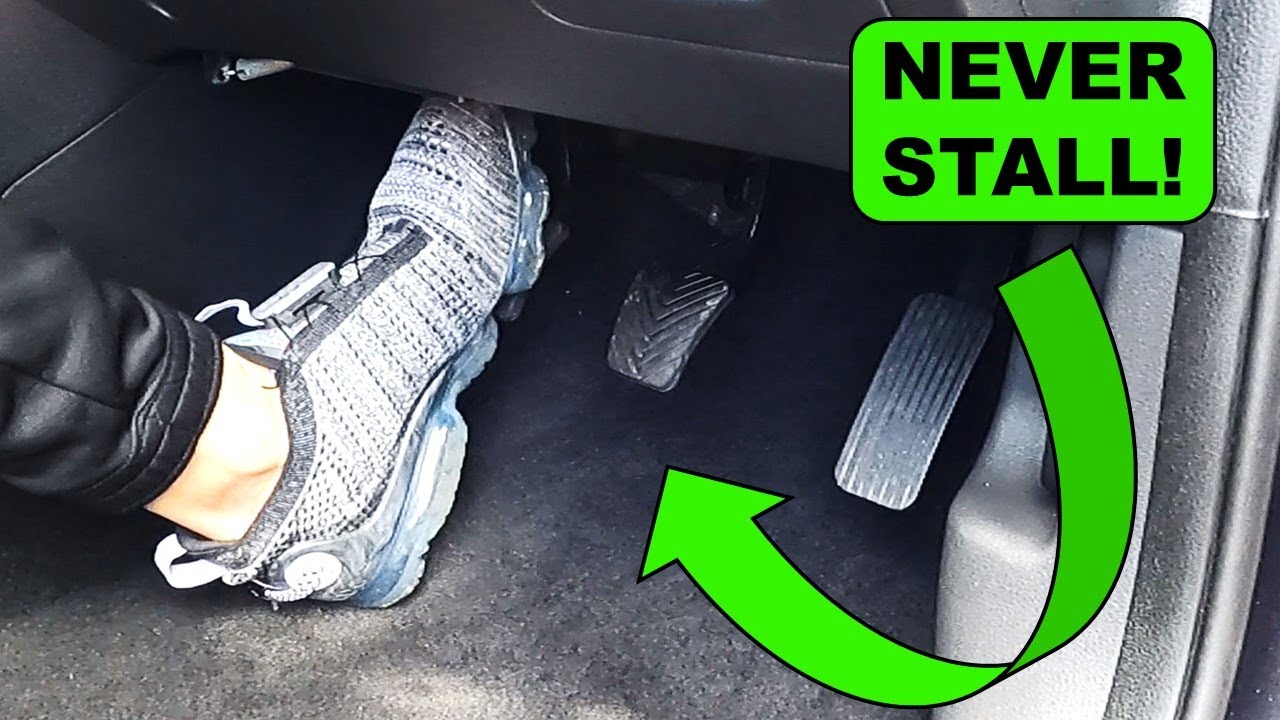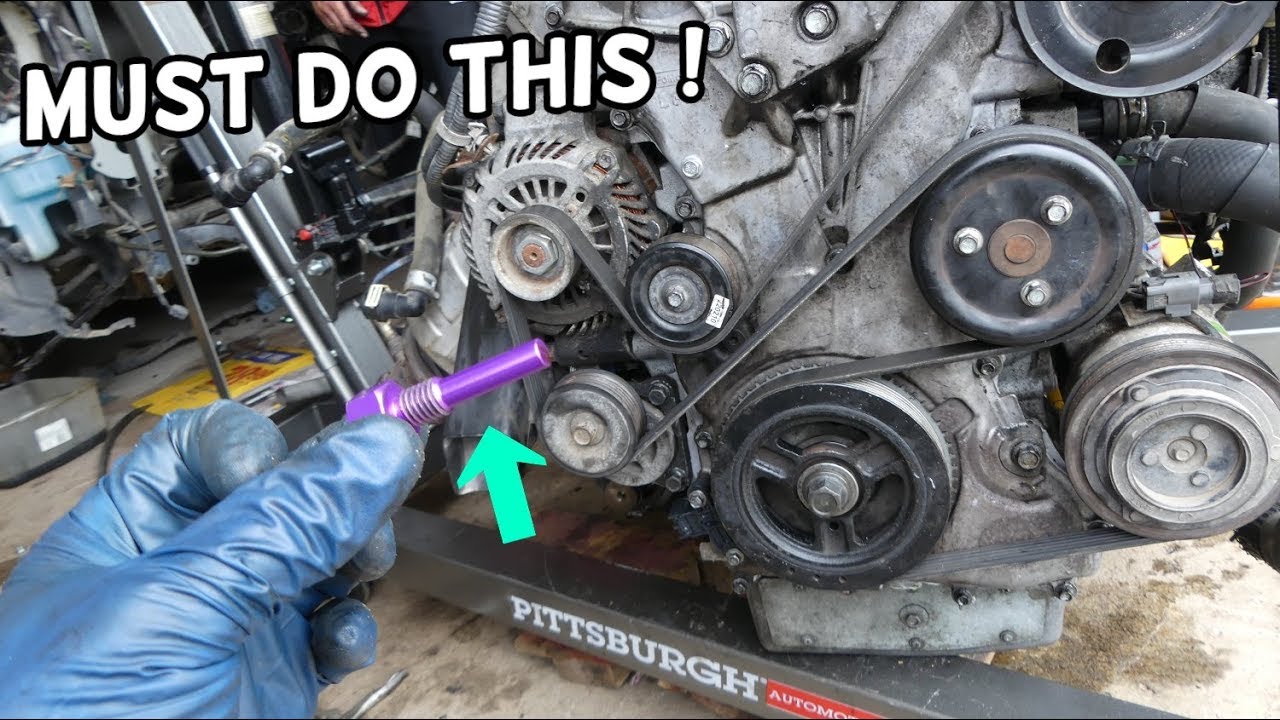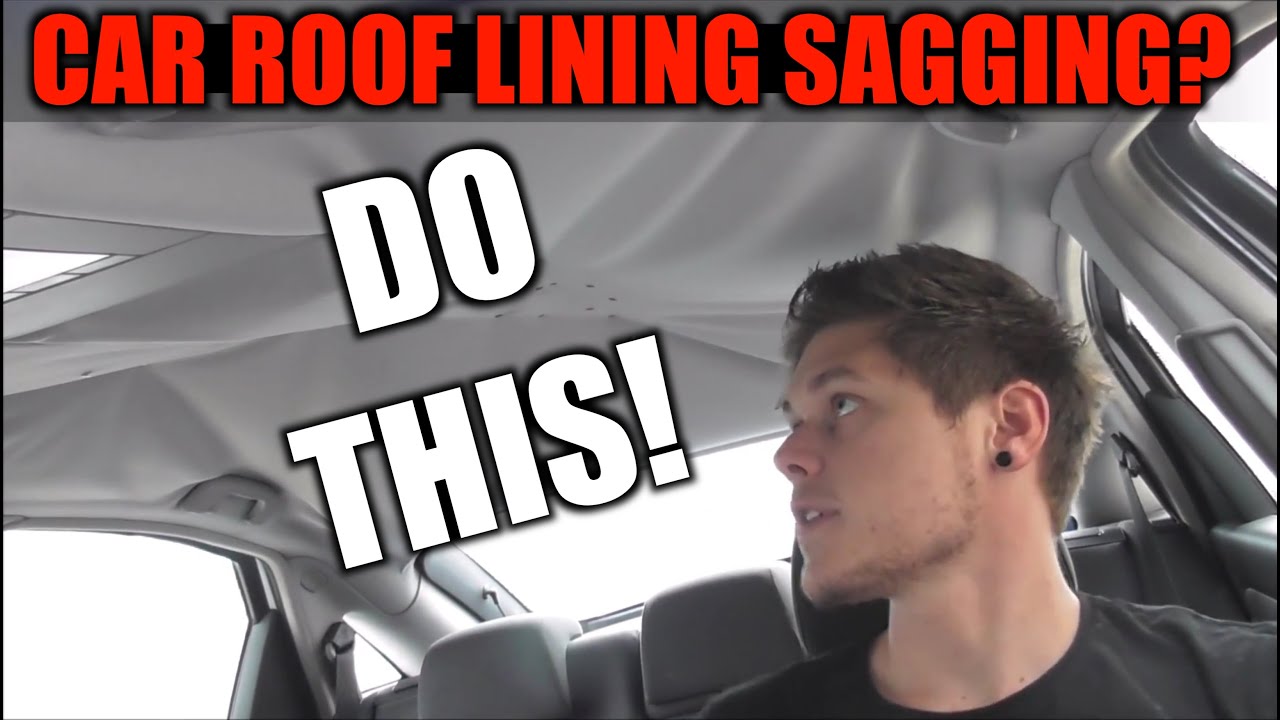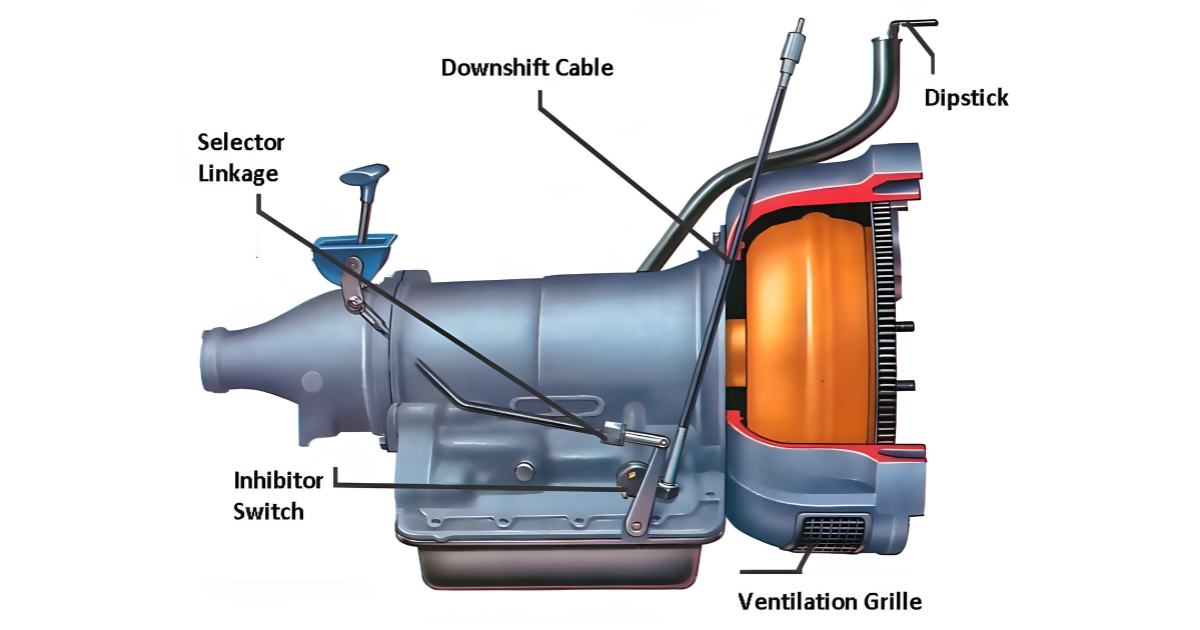Elevate your driving game by mastering a quick and easy way to test your car’s clutch. Say goodbye to guesswork and embrace the road with newfound assurance. Get ready to transform your driving experience with these clutch testing tricks!
Clutch testing methods
Here are the 3 main clutch testing methods:
1. Static Test
- Park the car on a flat surface and engage the parking brake.
- Start the engine and let it idle.
- Depress the clutch pedal and shift the car into first gear.
- Without pressing the accelerator pedal, slowly release the clutch pedal.
- Observe whether the engine stalls or whether the car moves forward smoothly.
- Repeat this process for each gear to ensure that the clutch is functioning correctly in all gears.
2. Dynamic Test
- Find a safe, flat area to test the clutch.
- Bring the car up to a moderate speed and shift to a higher gear (such as third or fourth).
- Fully depress the accelerator pedal and release the clutch pedal quickly.
- Observe whether the engine speed increases rapidly, indicating that the clutch is gripping properly.
- If the engine speed does not increase or the car jerks forward abruptly, it may indicate that the clutch is slipping.
- Repeat this process for each gear to ensure the clutch functions correctly in all gears.
3. Hill Test
- Find a hill with a moderate incline and little traffic.
- Bring the car up to the bottom of the hill and come to a complete stop.
- Depress the clutch pedal and shift into first gear.
- Slowly release the clutch pedal while pressing down on the accelerator pedal at the same time.
- If the car moves forward smoothly and without jerking, the clutch works properly.
- If the car rolls backward or jerks forward abruptly, it may indicate that the clutch is slipping.
- Repeat this process for each gear to ensure the clutch functions correctly in all gears.
Common causes of the clutch failure
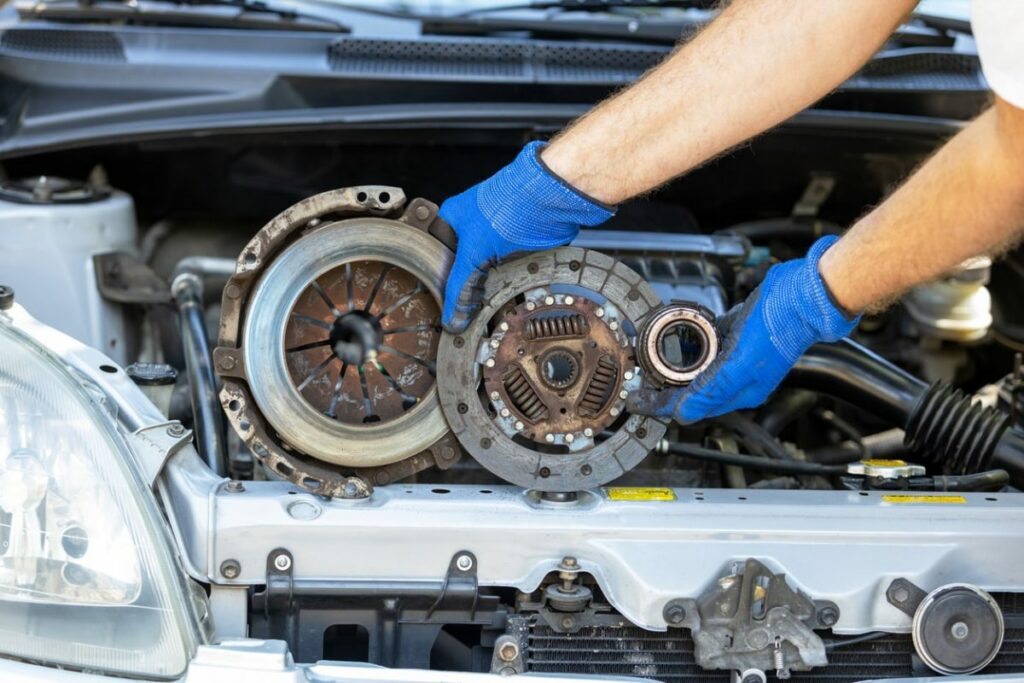
Here are 5common causes that can lead to a clutch failing quickly:
- Riding the clutch: This occurs when the driver keeps their foot on the clutch pedal for extended periods, causing the clutch to wear down quickly, for instance, when driving in stop-and-go traffic.
- Abrupt shifting: When the driver shifts gears abruptly without properly engaging the clutch, it causes it to wear down quickly.
- Oil contamination: If the clutch is contaminated with oil, it causes it to slip and fail quickly. This occurs if the engine is leaking fluids onto the clutch assembly.
- Worn or damaged components: Over time, the components of the clutch assembly, such as the clutch plate or pressure plate, can wear down or become damaged, causing the clutch to fail quickly.
- Improper adjustment: If the clutch cable is not properly adjusted, it can cause the clutch to slip or engage too quickly, leading to premature wear and failure.
